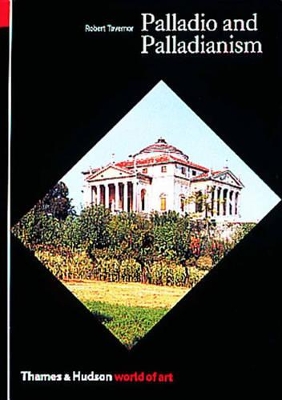World of Art
1 total work
Andrea Palladio, probably the most famous architect of the Western world, stands at the beginning of the movement called Palladianism. For the landed gentry of sixteenth-century Venice he evolved a version of Renaissance architecture, combining classical authority, dignity and comfort, which he made available to the whole of Europe in his book, the Quattro libri dell'architettura. So successful was the Palladian formula that it was consciously revived in other countries and in other times: by Inigo Jones at the court of Charles I in the early seventeenth century, by Colen Campbell and Lord Burlington in the early eighteenth century, and by Thomas Jefferson and others in the New World. In each case, what was appealing about Palladianism was more than a matter of style: it was the fact that it expressed a way of life and a humanist moral philosophy, deriving ultimately from ancient Rome but enriched by the thinkers of the Renaissance and the Augustan age.
